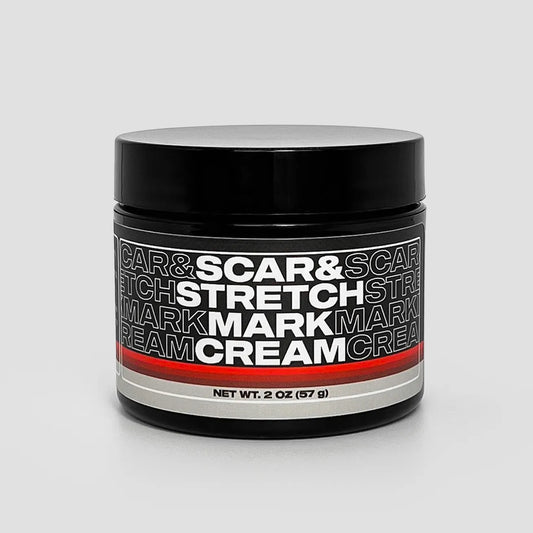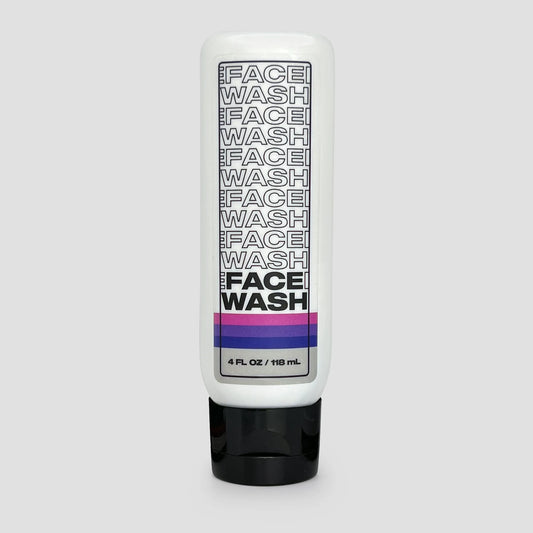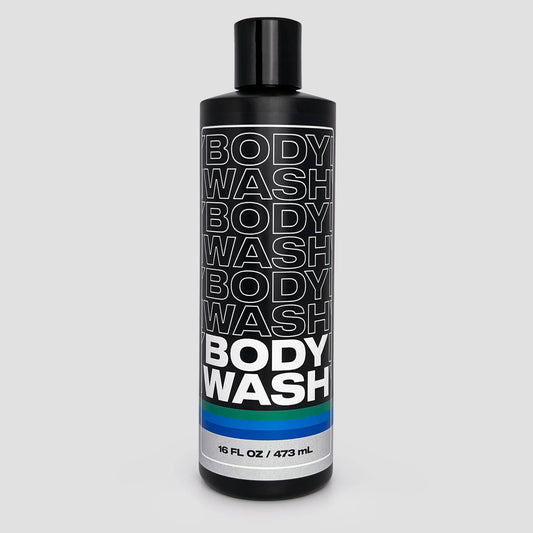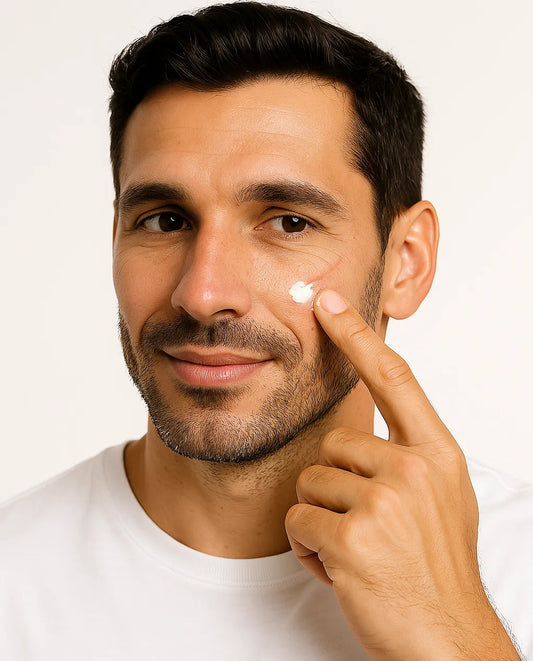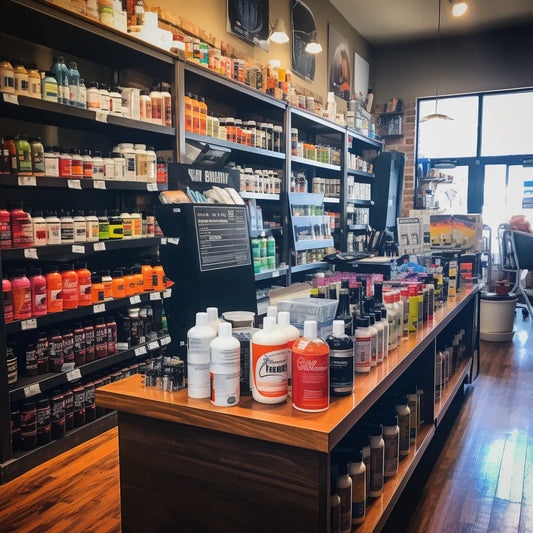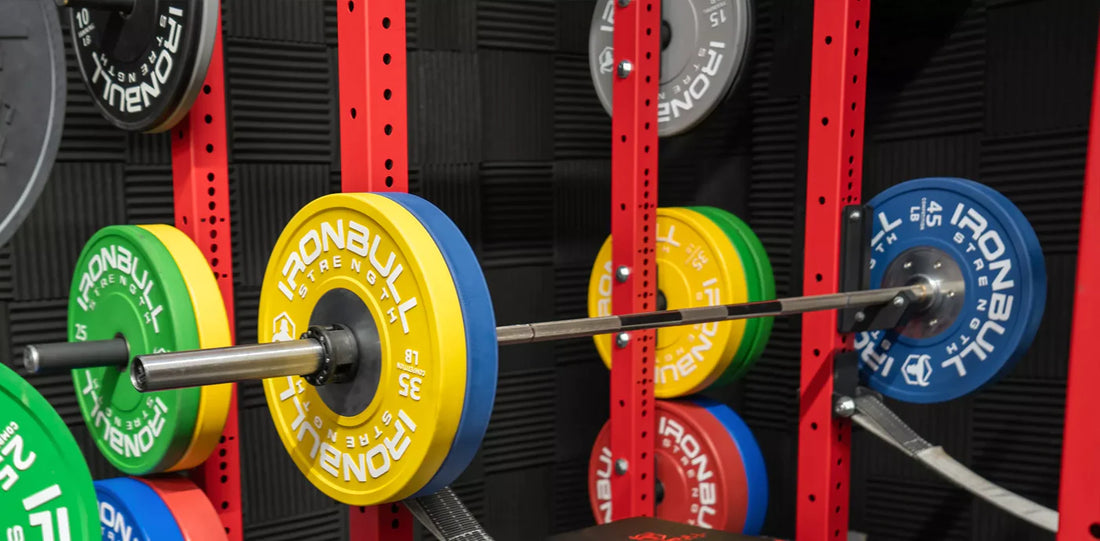

Ever caught yourself wondering exactly how much those shiny gym plates weigh? If yes, this article is for you.
Understanding the weight of gym plates is more than just satisfy your curiosity, it's a vital aspect of your fitness journey, especially if you're looking to build muscle or achieve specific fitness goals.
Keep reading as we demystify gym plates for you and prepare you for a more effective workout.
By the end of this article, you'll be able to identify different types of plates, understand their weights, and figure out which ones are best suited for your workouts.
How much does a standard gym plate weigh?
The weight of a standard gym plate can vary. Typically, it ranges from 2.5 lbs to 100 lbs. There's a wide variety available to cater to the needs of all types of gym-goers, from beginners to advanced lifters.
Are all gym plates the same size?
Not all gym plates are the same size. The diameter and thickness can vary depending on the type of plate and its weight. Bumper plates, typically used for Olympic lifting, are all the same diameter to ensure equal height when lifting from the ground, regardless of weight.
How To: Identify Different Types of Gym Plates
Sure, those stacks of metal at the gym might look intimidating at first. But worry not! Let's break it down into bite-sized information, making it easy for you to pick the right ones for your workout.
1. Standard Plates
Standard plates are the most common type you'll find in gyms. They come in various weights, ranging from 1.25 kilograms to 25 kilograms. The hole in the center is for a standard barbell, typically around one inch in diameter.
2. Olympic Plates
Olympic plates are larger and thicker, designed for heavyweight lifters. The center hole is larger to accommodate Olympic barbells, which are thicker than standard ones. These plates often range from 0.5 kilograms to 25 kilograms.
3. Bumper Plates
Bumper plates are a subset of Olympic plates. They're all the same diameter, made of dense rubber, allowing them to be dropped from a height without damaging the floor. This makes them ideal for powerlifting or CrossFit exercises.
How do I choose the right weight plate?
Choosing the right weight plate depends on your fitness level and goals. If you're new to lifting, start with lighter plates and gradually increase the weight as your strength improves. Always prioritize proper form over heavy lifting to avoid injuries.
Why are some plates rubber coated?
Rubber coated plates are designed to add durability and decrease noise when they're set down. They also protect the floor from potential damage. These plates are generally more expensive but are a worthy investment for regular lifters.
Master Gym Plates and Boost Your Workout
With this knowledge, you’re now equipped to decipher the world of gym plates. Remember, the focus should always be on personal progress rather than competing with others. Safety and proper form come first.
Quick recap:
- Standard plates are most common, with weights ranging from 1.25-25 kilograms.
- Olympic plates are designed for serious lifters.
- Bumper plates are made of dense rubber, ideal for powerlifting or CrossFit.
- Choosing the right plate depends on your fitness level and goals.
- Rubber coated plates provide durability and protect your floor.
With consistent practice and a proper understanding of gym equipment, you'll conquer your fitness journey in no time! And remember, if skin issues from your intense workouts concern you, check out Tapered’s line of personal care products, specially formulated for active men. Keep working on those gains, and we’ll handle the skin care!
